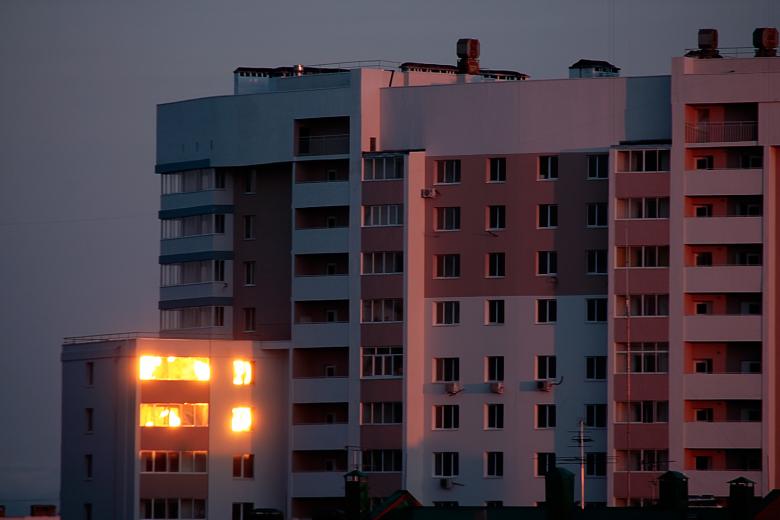By d-mars.com News Provider
The economic downturn caused by the pandemic has created widespread housing insecurity for both renters and homeowners. However, advocates say that free and low-cost legal assistance and other support is helping people remain in their homes.
“The economic challenges caused by COVID-19 are putting a spotlight on the most vulnerable communities, which have been disproportionately affected by job losses, under-employment and housing instability,” says Eileen Fitzgerald, head of Housing Affordability Philanthropy with the Wells Fargo Foundation.
By the end of the year, up to 40 million U.S. renters may face eviction, according to research from the Aspen Institute and the COVID-19 Eviction Defense Project. Black and Hispanic tenants represent 80 percent of those potentially facing eviction nationwide.
While the Centers for Disease Control and Prevention (CDC) issued an eviction moratorium until the end of the year, tenants must still be proactive. Here are steps you can take to protect yourself, according to the National Housing Law Project:
• Contact your landlord. As soon as you know you won’t be able to make a rent payment, contact your landlord.
• Gather documentation. Retain all correspondence and receipts from your landlord. Be sure to document phone calls and in-person conversations.
• Know assistance is available. Seek out community services offering rental relief, food and health care. Visit www.Legalfaq.org to learn more about services available in your community.
• Seek legal assistance. An estimated 90 percent of landlords have legal representation, while only 10 percent of tenants do, according to Harvard researchers. This creates a glaring equity gap, as legal representation can make you more likely to avoid eviction. Look into services providing free legal assistance and submit your declaration. The CDC moratorium requires tenants to file a federal declaration form to be eligible for the eviction protection.
What’s Being Done
Fortunately, large-scale, multifaceted efforts are already underway to address the nationwide housing affordability crisis. As part of its $175 million response to COVID-19, the Wells Fargo Foundation has provided over 1,200 grants to nonprofits, including funding grants to provide legal assistance for renters at risk for eviction. Grants from the Foundation will allow 15 organizations that work to keep people and families housed through services and advocacy efforts to expand their services.
Housing insecurity is an issue in communities beyond urban centers. According to Partners for Rural Transformation, of the 395 counties with persistent poverty in the U.S., eight out of 10 are rural and the majority of people living in them are people of color. In response, the Wells Fargo Foundation has made grants to community development financial institutions to help keep people housed in rural communities.
These efforts are part of the Wells Fargo Foundation’s $1 billion philanthropic commitment to address housing affordability solutions by 2025, which includes investing in strategies to advance housing stability, increase the supply of affordable homes and expand homeownership opportunities for people of color. To learn more about the housing crisis and some of the philanthropic efforts to address it, visit wellsfargo.com/impact.
“Housing instability is a persisting problem that must change. Home is a sanctuary. Having a safe and affordable place to call home is an essential pathway for wellness, dignity and economic opportunity,” says Fitzgerald.
Credit/Source: StatePoint, www.statepoint.net








